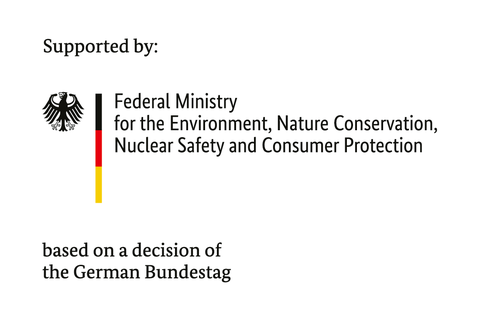NEUS
NEUS: Investigations on the Origin of Measured Neutron Flux Fluctuation Patterns in Pressurized Water Reactors
|
Project manager: |
Prof. Dr.-Ing. habil. Antonio Hurtado |
|
Contributor: |
Dr.-Ing. und Dipl.-Phys. Carsten Lange |
|
Duration: |
01.03.2019 – 29.02.2024 |
|
Funding: |
BMUV |
|
Funding code: |
1501587 |
| Cooperations: | - |
Brief Description
Since 2001, various German Pressurized Water Reactors have exhibited an increase of the neutron flux fluctuation amplitudes. The main contribution to the fluctuations is in the range 0 - 2 Hz. The reasons for the increase are not entirely understood. High amplitudes lead to undesirably frequent measures of the power limitation system. Therefore, the phenomenon is relevant for continuous and safe operation. According to the recommendations of the German Reactor Safety Commission (RSK), measures for explaining the reasons of the increased neutron flux fluctuation amplitudes of German Pressurized Water Reactors should be intensified (457th meeting, 11 April 2013) and should be continued via research projects, resp. (474th meeting, 18 March 2015). This project aims on contributing to the physical understanding of the phenomenon. It is based on the findings of the previous project DURATEA (1501490). The model idea developed in that project will be further developed and tested.
This project mainly focusses on the fluctuation patterns measured in the relevant frequency range (0 - 2 Hz). The origin of these patterns are insufficiently explained as well:
- peak of the auto power spectral density at approximately 0.8 Hz,
- high coherence (0.7 - 0.9) for the signals of all detectors,
- in-phase behavior of the signals of axially aligned detectors, and
- out-of-phase behavior of the signals of detectors located in opposite core halves.
Additionally, the coupling of the models representing the structure mechanics of core inventory, neutron kinetics, and thermal hydraulics, resp., will be further elaborated. Using the system code DYN3D modified accordingly, various simulations will be performed. The results will be compared with measured data in order to verify the model ideas.

